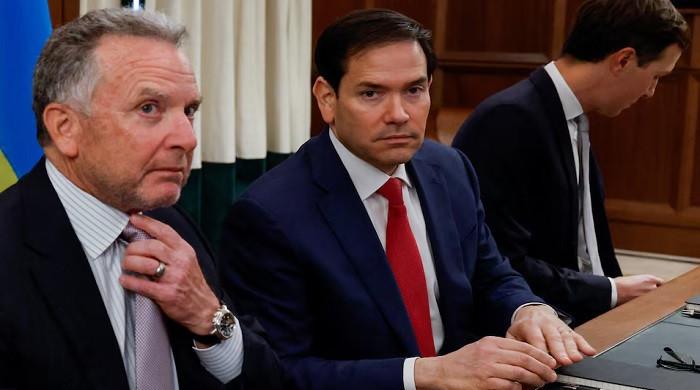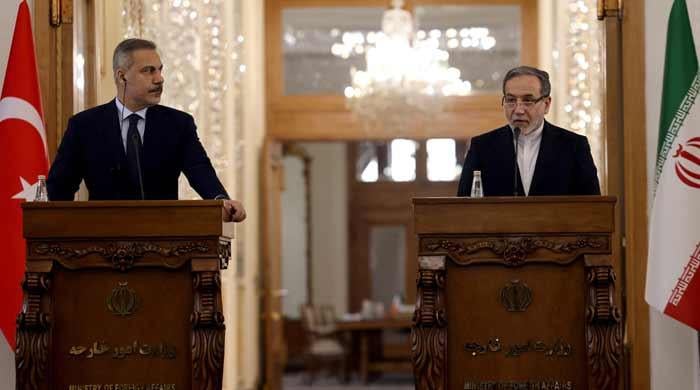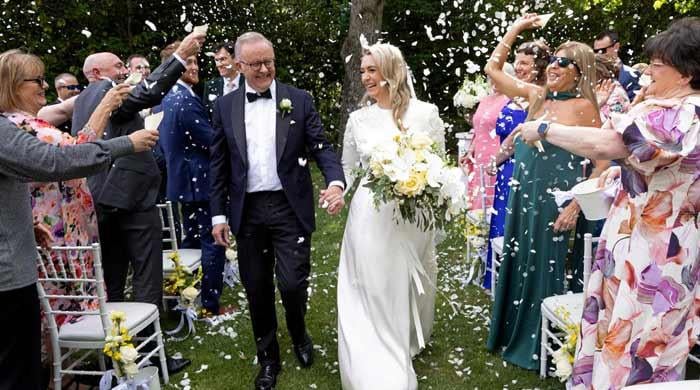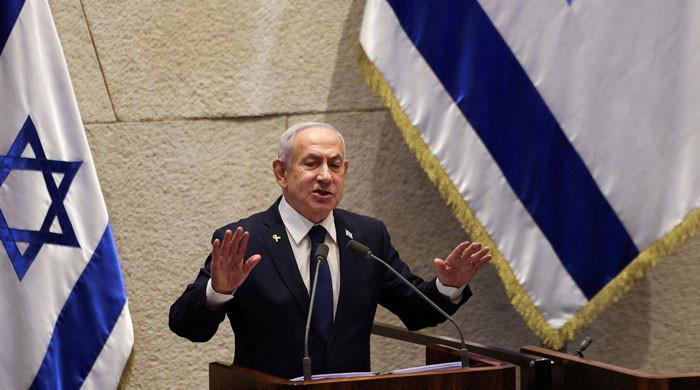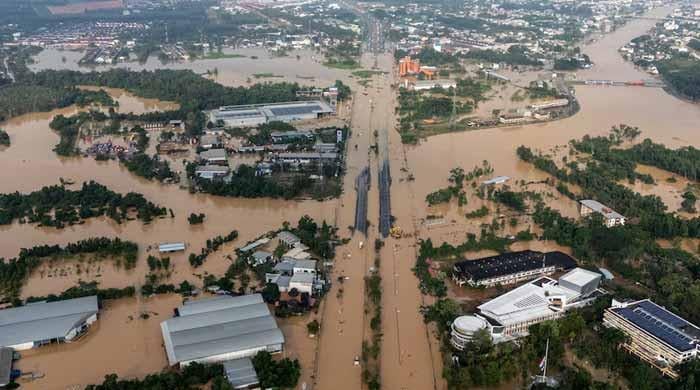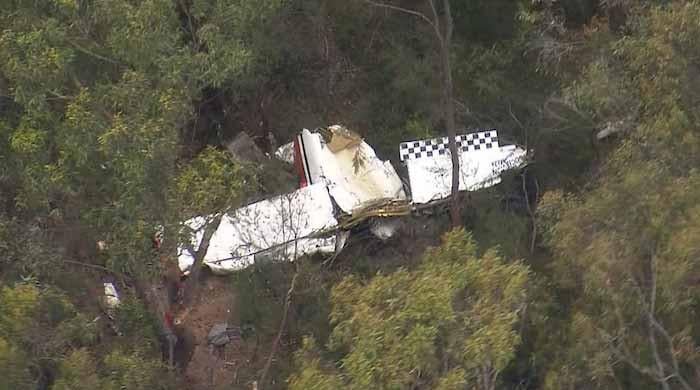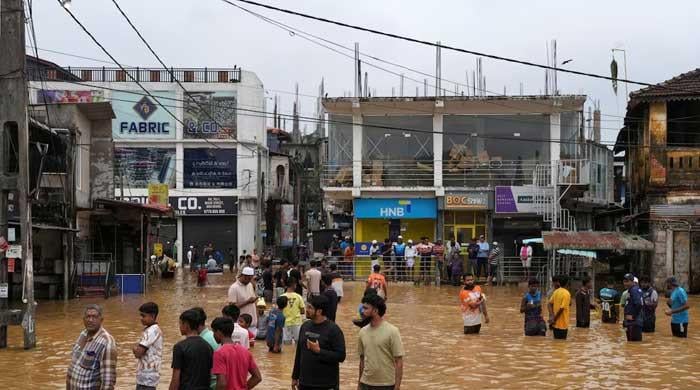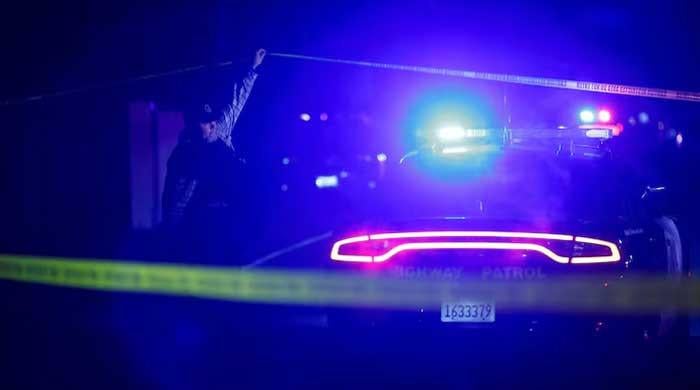Key takeaways from White House's unusually polite Ukraine truce talks
Trump long pushed for ceasefire in Ukraine, but he largely jettisoned that goal after meeting with Putin last week in Alaska
August 19, 2025
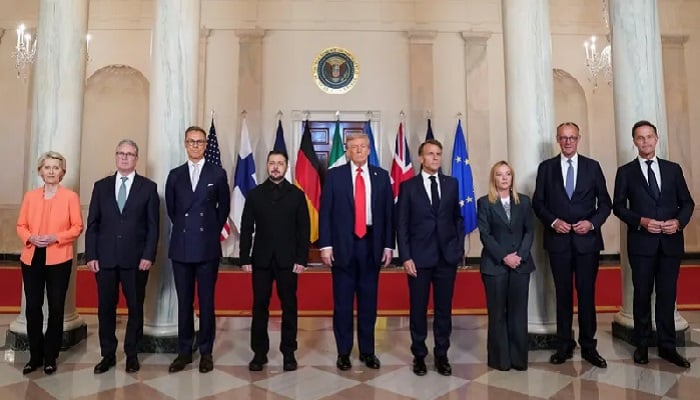
US President Donald Trump gathered European leaders and Ukrainian President Volodymyr Zelensky for a hastily arranged White House meeting on Monday to discuss a path to ending Russia's war in Ukraine.
Here are the takeaways from the talks:
Warm tone, little substance
Seven European leaders, the Ukrainian president, their motorcades, dozens of Trump administration staff and more than 100 journalists swarmed the White House campus on Monday in anticipation of the unusual meeting.
Would Trump and Zelensky agree on a path to peace? Or would their latest Oval Office session devolve into a bitter squabble as in February?
Neither scenario occurred. Zelensky, chided for his appearance and manner in February, adjusted both. Wearing more formal clothing and repeatedly expressing his gratitude to Trump, he was greeted by a far more complimentary US president than in the past.
But, despite Trump's vow to assist in Ukraine's security after a hypothetical peace deal, there was no immediate sign that any party had substantially changed position on land swaps, security guarantees or sanctions.
Instead, Trump ended with promises to host a meeting with Russian President Vladimir Putin to address the many remaining issues.
Heaping praise
"Have you said 'thank you' once?" US Vice President JD Vance asked Zelensky in February, accusing him of failing to show sufficient gratitude for US support.
On Monday, Zelensky made sure that was not an issue. His opening remarks in the Oval Office included eight thank-yous, mostly for Trump.
"Thank you so much, Mr. President ... thank you for your attention. Thank you very much for your efforts, personal efforts to stop killings and stop this war. Thank you," Zelensky said.
He included the US first lady, who sent a letter to Putin about abducted children in Ukraine.
"Using this opportunity, my thanks to your wife," the Ukrainian president said.
"And thanks to all our partners and that you supported this format. And after our meeting, we're going to have leaders who are around us, the UK and France, Germany... all partners around Ukraine supporting us. Thanks (to) them. Thank you very much for your invitation."
Unlike in February, Vance this time sat largely silent.
Combat formal
The stakes of the meeting could not have been higher. But one of the most-asked questions among diplomats in DC could not have been more frivolous: Would the Ukrainian president wear a suit?
The answer: kind of.
Zelensky showed up to the White House in what one European diplomat described as "almost a suit." His black jacket had tiny lapels and jetted chest pockets. He did not wear a tie. His attire, which split the difference between the battlefield and the boardroom, could be described as combat formal.
Those sartorial details matter when it comes to dealing with the US president, who was upset that Zelensky did not wear a suit for their February meeting.
Zelensky passed the fashion test this time, however.
When one journalist in the Oval Office said Zelensky looked "fabulous," Trump chimed in to agree.
"I said the same thing," Trump told reporters.
Divide over the ceasefire
The assembled European leaders, Zelensky included, were careful to paper over policy disagreements with Trump, keeping their comments vague and showering the US president with compliments.
But one point of disagreement did bubble to the surface.
German Chancellor Friedrich Merz told the assembled leaders and media that he wanted to see Putin agree to a ceasefire.
Trump had long pushed for a ceasefire in Ukraine. But he largely jettisoned that goal after meeting with Putin last week in Alaska, a shift that was widely seen as a diplomatic defeat for Ukraine. The US president now says he is fine with trying to move directly to a peace deal.
"To be honest, we all would like to see a ceasefire," Merz said. "I can't imagine that the next meeting would take place without a ceasefire, so let's work on that."
Trump pushed back, arguing he has solved many conflicts without first reaching a ceasefire.
Whose boots are on the ground?
One of the great mysteries that hung over the summit was what support the US would give to secure any Russia-Ukraine deal long term.
Trump hasn't offered US troops "boots on the ground" to guarantee Ukraine's security from Russia, reflecting American reticence to commit to military entanglements or a head-to-head confrontation with a nuclear power.
Instead, he has offered weapons sales and promised that Americans will do business in Ukraine, assurances that Ukrainians see as far less than a security guarantee. Europeans are preparing for a peacekeeping mission backed by their forces.
Yet, asked explicitly whether US security guarantees for Ukraine could include US troops in the country, Trump did not rule it out. Instead, he teased an announcement as soon as Monday on the topic.
"We'll let you know that, maybe, later today," Trump said. He said Europe was the "first line of defence" but that "we'll be involved."
What's next
Trump said he would call Putin and set up a trilateral meeting with Ukraine at a time and place to be determined.
Despite some private misgivings, the assembled leaders agreed that such a meeting was a logical next step.
Still, the path forward is more complex than Trump and his allies are letting on.
For one, Russia has delayed and obstructed high-level meetings with Ukraine in the past, and it was not immediately clear that Putin would sit down with Zelensky, whom he frequently describes as an illegitimate leader.
Additionally, it is unclear how much a principal-level meeting would actually advance the cause of peace.
The gulf between the Russian and Ukrainian positions is vast.
The Kremlin said on Monday that the presence of NATO troops in Ukraine is a non-starter, a stance that would be hard for Ukraine to swallow.
Russia is also calling for Ukraine to fork over significant chunks of territory that Kyiv controls, another proposal that Ukraine's leaders are not entertaining.
